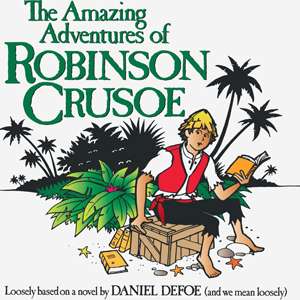Witness to a father's legacy - an autobiographical essay
Iconic Eagle photographer from 1930s to ’50s left treasured images, his son recently revealed.
A collection of iconic Brooklyn photographs by the late Irving Kaufman, mostly taken for the Brooklyn Daily Eagle in the 1930s to ’50s, were recently digitized by the photographer’s son, Phil.
This autobiographical essay transcends cultures, because, in my opinion, there comes a time in every family's history when we may experience a nostalgic appreciation or acknowledge some insight about our parents. The special exeperience shared by Phil Kaufman is particularly interesting because our culture has become dependent of visual memories preserved in "real time".
https://brooklyneagle.com/articles/2020/04/24/the-rare-brooklyn-treasure-my-dad-left-hidden-for-discovery-long-after-his-death/
My father’s early Brooklyn photos are a treasure I didn’t know existed
April 24, 2020 Phil KaufmanMy father, Irving Kaufman, loved New York. Or at least, as I knew him, he loved Manhattan. But, before he loved Manhattan, he loved Brooklyn. And after he loved Manhattan, he still loved Brooklyn.
He was a photographer. His love showed in his photographs. What he loved most, for its own sake, no strings attached, was Brooklyn, then Manhattan: the streets, the stores, the people, the buildings, the skylines, stark urban beauty. Outdoors, where the city could show off. That love is most evident in his early work – mid 1930s through the war years — some for the Eagle, some for local clients, most for his own exploration and growth, all on his own terms.
The local clients during those early years were Brooklyn schools, hospitals, civic groups, charities, business groups. He covered a steady stream of meetings, dinners and public events that didn’t often lend themselves to aesthetics. Yet a lot of the work has much the same character, attention, affection and devotion that showed so strongly in the independent, creative work he did for the Brooklyn Eagle or for his own joy.
Inevitably, he moved his studio to Manhattan to join the boom years of commercial photography. His work centered on advertisements in magazines or commercial publications. He also photographed charity events or institutional meetings and dinners. He took portraits or covered appearances by “important” people in business, public affairs, entertainment. Always excellent. Always professional. Always appreciated. Often whimsical, creative, distinctive. “Photography that tells is photography that sells” was a motto he used to advertise himself. He meant it and he delivered on it.
I see extraordinary love and beauty in most of his early work. Of necessity those qualities come along less often later, but I still see them, sometimes even stronger, throughout his almost 50 professional years. But maybe that’s just me. I’m his son, after all. I’m biased.
Then came digital photography on phones and tablets, with “invert colors” and basic editing capabilities. Still a daunting task, but now his retired son at least had a fighting chance to visit, evaluate, and resurrect his father’s work from 80 years earlier.
It has been a joy for me to see the world through my father’s eyes. I was familiar with some “special” shots, and I knew of his love for the city. But that didn’t prepare me for the scope and artistry of what I uncovered. These early works overflow with historic and human interest and are simply beautiful in their own right. I hope you agree. (Yes we do!)
Labels: Brooklyn Daily Eagle











